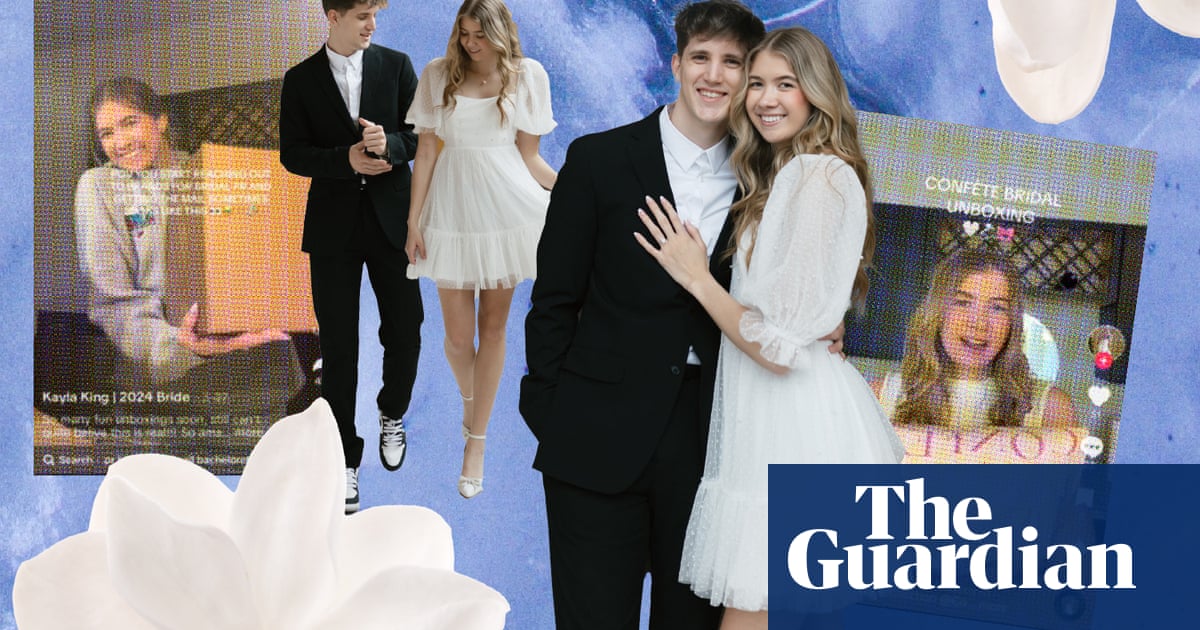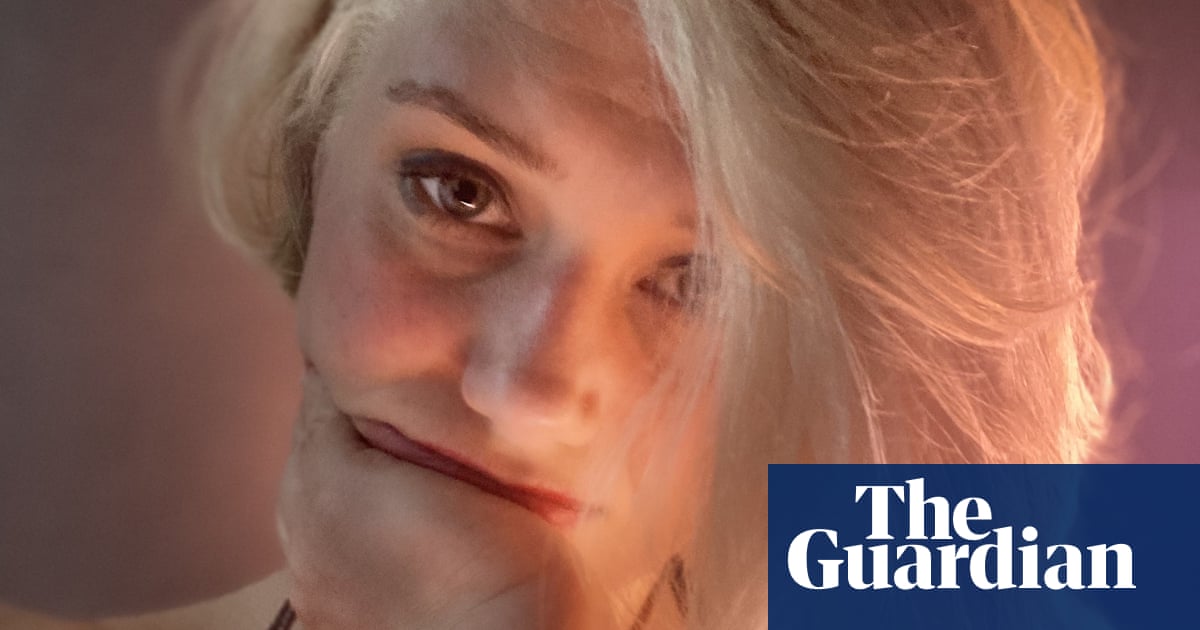
he British-Nigerian artist Yinka Shonibare makes work – often in sculpture, painting and tapestry – that looks unflinchingly at race, class and colonialism. The 58-year-old, who is partly paralysed after contracting a virus of the spine in his late teens, was one of the original YBAs and was shortlisted for the Turner prize in 2004. His 2010 sculpture Nelson’s Ship in a Bottle, a scaled-down replica of HMS Victory with sails made from his signature batik fabric, was one of the most memorable artworks on Trafalgar Square’s fourth plinth and now has a permanent home outside the Maritime Museum in Greenwich. Shonibare was recently given the 2021 Art Icon award by the Whitechapel Gallery.
Congratulations on becoming the Whitechapel’s eighth Art Icon. You join a storied list of artists, including Howard Hodgkin and Rachel Whiteread…
I’ve been a fan of that gallery for a long time, so I feel particularly honoured. I didn’t even know that anyone noticed what I did!
Part of the award was an auction of artwork that raised funds for the Whitechapel’s education and community projects. How worried are you about museums and galleries surviving the Covid period?
Oh gosh, under lockdown we can see the state of all of our minds when we don’t have that input from culture. You don’t actually realise the importance of those things until they get taken away suddenly. I’ve had most of my education within museums and galleries: intellectually, socially, spiritually, everything. Art for art’s sake actually is extremely important for human survival.
You have a new show, opening in London in June, based on Picasso’s collection of African art. Can you explain?
It’s called African Spirits of Modernism and the work is in the form of sculpture, quilts and also slide projections. I knew that Picasso was influenced by African art. But I didn’t know that he had a huge collection of African art. If I remember correctly, it might have been Matisse who introduced him to it. And he was completely obsessed by the power of those objects and the spirituality behind them. But ironically, of course, Picasso is far better known for African art than the Africans themselves.
So it’s work inspired by Picasso, who in turn was inspired by African art and sculpture?
In a way. In the show, I’ve also appropriated classical western sculptures, but then I kind of hybridise them with African heads. Picasso was interested in appropriating from another culture and I also appropriate from European ethnic art. The world is a free place: we can be inspired by one another and critique one another. So it’s a fun show, colourful, but there are all those serious things about power and the relationship between Africa and Europe.
You also have a survey exhibition, End of Empire, opening in Salzburg’s Museum der Moderne in May. You don’t want to call it a “retrospective” – why not?
Because I’m a spring chicken. I’m only 58. So why should I have a retrospective? That’s what they do for dead people.
It’s 60 works collected from the past 30 years. Do you still feel connected to the work you made early in your career?
Oh, absolutely. I wish actually the world had changed dramatically since I started out, but it hasn’t, unfortunately. So we need to keep pushing. Keep being visible, keep making and raising issues.
Would you say you are best known for Nelson’s Ship in a Bottle?
Possibly, but I’m quite happy with that. It’s a playful piece and it’s a very important subject, but the public feel easy with that work. They get it after a while; it doesn’t scare them too much.
It was recently announced that you are making a sculpture in Leeds to honour David Oluwale, who died in 1969 after persistent harassment by the police. You’ve said you want the work to be “hopeful” – why is that important?
Like George Floyd, what happened to David Oluwale was a tragic thing to have happened through police harassment at the time. But you don’t want the next generation to be full of hate. You want people to start looking at the better side of human nature, rather than thinking that’s what the world is like. So you don’t want to perpetuate tragedy. You want people to feel they can be hopeful. And people can be better than that.
How has your way of working changed during the pandemic?
I don’t think it’s actually changed a lot. About 10 years ago, I decided that I had to have more life-work balance. I used to go into the studio every single day and work all hours. So I changed it to Monday, Wednesday, Friday and I found that I became maybe four times more productive.
What do you do with the new time for “life” you created?
I try to look after myself a bit more. I have a physiotherapist, I do my physio. And you’ve got to make time for personal relationships, too, otherwise you’re not going to be a happy person in the end. Yeah, you might make a lot of money, but you won’t be happy.
You have had a very productive pandemic. What do you put that down to?
I’m very fortunate that my job is also my lifestyle. So I don’t think about my art as work. In a way, it is therapy. And for people who are fortunate enough to be creative, I think the pandemic hasn’t been as devastating mentally. Because you can escape into that space, work there and thrive there. I feel fortunate that anyone wants the results of my creativity. I’d probably be one of those eccentrics who just produce these things anyway. But fortunately there is such a profession as artist, so people can take it off my hands.
For more information on the Art Icon award, supported by the Swarovski Foundation, visit whitechapelgallery.org. African Spirits of Modernism opens at the Stephen Friedman Gallery in London on 4 June












